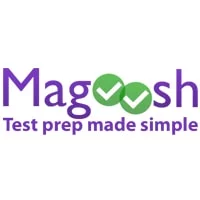In this video, Lucas from Magoosh helps you understand how to integrate flashcards within your study method for the TOEFL test.
Warning:
Flashcards alone are not very helpful, except for the reading section. You need to also mix your practice up – reading in English regularly, listening, speaking, and writing as well. If you mix your practice a lot, then those flashcards will be helpful. Here are the two most important things to consider when using the flashcards.
Check out: A 7-step Plan for the TOEFL Integrated Essay
1. Spaced repetition
This means spacing the repetition according to how well you know the word. So if a word is new to you and you see it on your flashcard for the first time, come back to it again in two hours. After that, come back to it again in two days and then in one week and so on. The more times you see this word, the longer the spaces become. Repetition is done mainly for the purpose of remembering the words you learn.
2. Context
Look also at the context of the word. The definition by itself is only helpful for the reading questions. For the other sections, it is very important to understand the usage of the word. Looking at example sentences from English texts could be very helpful for this. It is important to read sentences written by native speakers.
Magoosh has 600 TOEFL flashcards for free on their mobile application available for iPhone or Android phones. The featured words are advanced TOEFL specific words including their meanings with example sentences written by native speakers. You also have the option to hear the pronunciation of each word. The app also has the spaced repetition built into it – if you know the word, it doesn’t show it to you; if you kind of know it, it shows it sometimes; and if you don’t know the word at all, it shows it to you often. It is a great idea to also make your own flashcards, if you wish.



